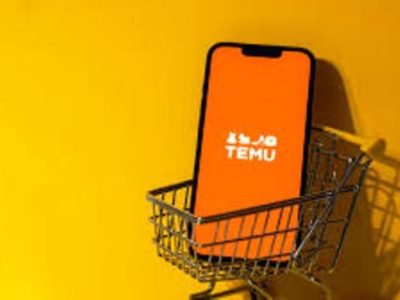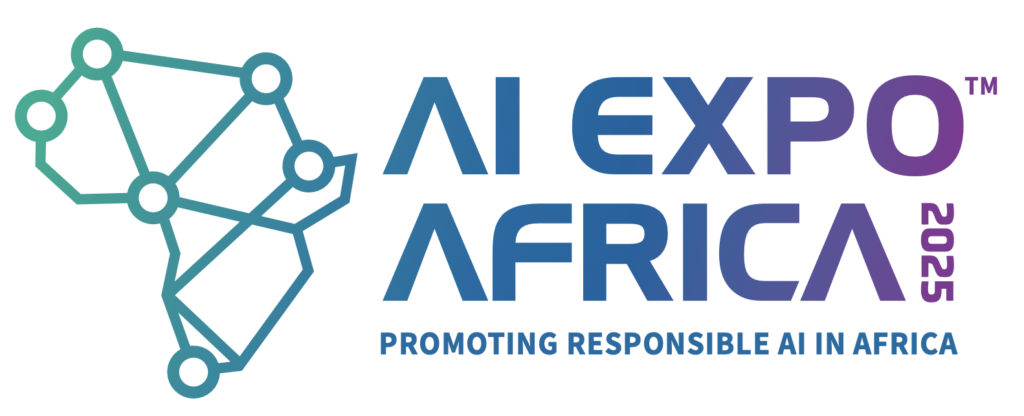By Greg Talbot, CEO, Tal-Tec
Branding livestock has been an essential practice in South Africa and the world for over 6,000 years. Serving as a means of identifying and tracking livestock. In South Africa, where livestock theft is a persistent challenge, branding remains a key tool in protecting farmers from significant financial losses. With the rise in stock theft, the debate around animal identification methods continues, balancing security, traceability, and animal welfare concerns.
RELATED: Nigerian government to embrace technology for livestock reforms and dairy production
The importance of branding in livestock security
Livestock theft in South Africa is a growing concern, costing farmers an estimated R1.4 billion each year. This criminal activity threatens the livelihoods of farmers, particularly in provinces like the Eastern Cape, KwaZulu-Natal, and the North West. In response, the South African government implemented the Animal Identification Act in 2002, requiring livestock owners to register identification marks for their animals. This process includes branding, freeze branding, tattooing, and tagging.

Greg Talbot – CEO of TAL-TEC
The National Stock Theft Prevention Forum acknowledges that investigating stock theft cases is difficult due to a lack of evidence and limited SAPS capacity. Chairman Louis Wessels stresses that farmers who do not brand or tattoo their animals exacerbate the problem. Provinces like KwaZulu-Natal and Free State are implementing additional measures such as district-specific branding marks and private security partnerships to combat the rising cases of livestock theft.
Understanding branding: hot iron vs. freeze branding
Branding has evolved significantly over the years. Traditionally, farmers would heat their branding irons in open fires before marking their cattle, which can lead to uneven brands. Today, controlled ovens provide a consistent temperature, ensuring a clear, even marks that minimise damage to the hide.
Hot iron branding, the most commonly used method in South Africa, is a quick process taking only four to five seconds. It is highly effective, providing a permanent mark that makes stolen livestock easy to identify. Despite concerns over animal welfare, studies indicate that cattle do not exhibit prolonged distress from branding. The most traumatic aspect for the animal is being restrained rather than the branding itself. Cattle have thick hides, unlike humans or pigs, and once branded, they typically move on without discomfort.
Freeze branding, on the other hand, uses extreme cold to kill the pigment-producing cells in the hair follicles, resulting in a white mark once the hair regrows. This method is particularly popular among stud and dairy farmers, as it is aesthetically pleasing against darker hides. While considered more humane, freeze branding requires shaving the animal’s skin before application and is generally more expensive and more time-consuming than hot branding, especially when using liquid nitrogen instead of dry ice.
Alternative animal identification methods
Alternative identification methods such as radio-frequency ear tags (RFID) are gaining traction globally. These tags store critical data about the animal, including lineage, health records, and farm of origin. In the US, the Department of Agriculture is working towards making RFID the standard identification method. Similarly, South Africa’s LITS-SA (Livestock Identification and Traceability System) was introduced in 2017 to enhance traceability and compliance with international trade standards. However, adoption by commercial farmers has been slow due to cost concerns and limited trust in government implementation.
A practical and ethical approach to livestock identification
While branding remains a topic of debate, its role in livestock security cannot be ignored. In South Africa, where cattle rustlers can drive herds 10-20 km overnight, a lack of identification makes stolen livestock almost impossible to recover. Farmers rely on branding, databases, and community watch initiatives to mitigate these risks. Additionally, law enforcement, though under-resourced, has a forensic unit dedicated to identifying and returning stolen livestock.
Tagging, particularly RFID, offers significant benefits in traceability. These tags not only help manage livestock but also ensure food safety and quality control, especially for premium markets requiring organic certification. Ear tags provide detailed animal histories, from birth to slaughter, reinforcing the integrity of the supply chain.
Conclusion
Given the magnitude of livestock theft in South Africa, animal identification is essential. While technological advancements provide new solutions, branding – both hot and freeze – remains a practical, effective, and widely used method. As debates continue, it is crucial to find a balance between security, traceability, and animal welfare. Branding, when done correctly and responsibly, plays an indispensable role in ensuring the protection of farmers and their livelihoods.
Photo Credit: openPR.com

































